The Safe Schools for Wisconsin’s Transgender Youth research project bolsters what we already know: The experiences of trans* and gender-nonconforming youth in Wisconsin’s public schools are stressful and generally nonsupportive. On the eve of the release of findings from the urban school setting component of this study, the researchers share their thoughts on why the data is necessary and what is needed moving forward.
Stressed Out and Pushed Out
According to the Gay Straight Alliance for Safe Schools, 1.5 percent of Dane County’s high school students self-identify as transgender or gender nonconforming, and 17 percent of them have attempted suicide, compared with 3 percent of non-transgender students. Also, fewer transgender youth than non-transgender youth reported having no long-term mental health problems.
“While the CDC’s Youth Risk Behavior Survey—the national survey that most schools administer every two years, to understand what’s going on for youth at risk for school push-out (as opposed to ‘dropout’) and other disparities—does provide students the chance to identify as lesbian, gay, bisexual, or questioning, it does not provide students an opportunity to identify as transgender,” says Brian Juchems, Director of Programs for GSAFE.
“Also, national data is often seen as not relevant or not pertaining to ‘our’ students in local school districts. Having Wisconsin data—especially data from students outside of Madison and Dane County—makes it harder for local and statewide leaders to ignore or dismiss the challenges faced by transgender or gender nonconforming students,” he adds.
GSAFE approached the University of Wisconsin School of Social Work’s Dr. Maurice Gattis, who together with UW faculty Drs. Sara McKinnon and Karma Chávez (both professors of Rhetoric, Politics, and Culture in the Department of Communications Arts) created the Safe Schools for Wisconsin’s Transgender Youth research project to study the experiences of transgender and gender nonconforming youth in Wisconsin public schools.
Goal: Update Existing Student Nondiscrimination Policy
“The Safe Schools for Wisconsin’s Transgender Youth research project grew out of a desire to see Wisconsin finally modernize its existing pupil nondiscrimination policy to include explicit protections based on gender identity, gender expression, and gender nonconformity,” Juchems explains. “Many states around the country have already done so—including several of our Upper Midwest neighbors. We knew we wanted to see this changed, and we knew that we would need local data to help educate and influence decision makers, as well as to build allies in our efforts to make this change.”
Dr. Chávez says that going into the study, “Our hope was that conditions weren’t as bad as GSAFE staff thought they were for trans* youth in Wisconsin public schools.” Unfortunately, they are.
Focus Groups
University of Wisconsin faculty and GSAFE staff developed and conducted focus groups with 21 trans* and gender nonconforming youth enrolled in public schools in Green Bay, Milwaukee, Racine, and Madison. They also interviewed the Madison parents of a trans* youth group. The purpose was to create a systematic approach to learning outcomes and data about this population to impact public school policy statewide. (The results were not yet available at the time of publication.)
The Transgender Option
The 2012 Dane County Youth Survey allowed students to self-identify as transgender for the first time in the history of the survey. The results helped the researchers develop questions for the focus groups and one-on-one interviews with students and parents participating in the Safe Schools for Wisconsin’s Transgender Youth survey.
Dr. Gattis said the students in the focus groups were asked questions regarding the individual, their family, climate, safety, opportunities for full participation, school staff, social life and culture, discipline, and academic achievement and success.
“At this point we can share that several major themes emerged from the focus groups related to learning environment, policies, physical facilities, activities and involvement, safety, and health and wellness,” Gattis says.
Sources of Stress
The researchers found that one of the greatest sources of stress for trans* and gender nonconforming youth in public schools are the physical facilities—the bathrooms, locker rooms, and cafeterias. Another source is the refusal of teachers or staff to employ preferred gender pronouns and/or names, claiming, “It’s not your legal name” or intentionally misusing pronouns as a form of punishment.
Ultimately, the researchers would like to see the creation and implementation of school nondiscrimination policies at the statewide level for trans* and gender-nonconforming youth, to work with the schools to implement the policies, and then to assess the implementation.
Inform and Reform
“My hope is that the results of the study will inform conversations regarding policies and practices that will create meaningful change for full inclusion of transgender and gender-nonconforming students in schools throughout the state, as well as inform the development of best practices for policy formulation and implementation,” Gattis says.
Specifically, GSAFE wants Wisconsin to modernize its pupil nondiscrimination policy, State Statute 118.13, so that the policy includes explicit protections for students on the basis of gender identity, gender expression, and gender nonconformity. This would mean the Wisconsin legislature would have to vote to change the existing state statute—and our governor would have to sign the change into law—just as was the case when Wisconsin added specific sexual orientation protections in the early 1980s.
“In addition to using the results of the survey to help educate and inform, we also want to be able to show that a significant number of Wisconsin students are already protected by local school policy and make the case that all Wisconsin students should be covered by these protections,” Juchems adds. “As such, we’re working with individual school districts to make these changes on the local level. Currently, there are 62 out of more than 400 school districts in Wisconsin that have these clear protections for [transgender] students.”
Juchems says the goal is adoption by 25 percent of Wisconsin school districts of comprehensive protections for students by the end of the 2014–15 school year.
Wisconsin Study is Unique
This study is unique in its focus and scope. Chávez said there are small pockets of similar studies around the country, but this study speaks to GSAFE’s leadership in this area.
“There is very little data about the experience of trans* and gender-nonconforming youth in public schools nationwide, and none in Wisconsin,” Dr. McKinnon says. “We are trying to make this a statewide project; so far our subjects have been from urban areas. Other variables, of course, are class and race. As we analyze the data we have collected, we are asking ourselves: How do race and class matter? How do they play into the youths’ experiences? What are the intersections of these variables?”
Student Demographics
The study participants were from a range of racial and ethnic backgrounds, including Black, White, Asian, Hispanic and American Indian, a mix of students who were and were not eligible for free or reduced lunch, and those holding a variety of religious beliefs.
“Although I had heard anecdotes regarding experiences of transgender youth in schools,” Gattis muses, “I am still surprised to hear the specific lengths that the students go through to obtain an education, given the numerous obstacles and persistent—and sometimes seemingly insurmountable—institutional and societal challenges they face. The amount of resilience in these youth is extraordinary.”
Stories Are More Persuasive
“We decided to take a qualitative route to our study analysis,” Chávez explains, “because the number of trans* and gender-nonconforming youth is small and we can’t create a generalized sample from such a small number. Also, stories are more persuasive than numbers when it comes to affecting policy.
“This study felt like a great way to use our research skills and resources and work with a great community organization (GSAFE),” she says. “And, it was a really collaborative process between community stakeholders and researchers.”
McKinnon said the next phase of the study, currently under way, includes one-on-one interviews with rural youth and support and health professionals. “We will ask those who are doing a good job working with trans* youth what makes what they do work, in order to affect policy and for training purposes.”
Funding
Funding for the study is provided through a $50,000 grant from the Wisconsin Partnership Program. The three-year development grant supports research projects, education efforts, school district policy changes, and the development of an intervention model to reduce discrimination and improve social cohesion, educational outcomes, and health outcomes for transgender and gender nonconforming youth in Wisconsin public schools.
Virginia Harrison is a Special Education Assistant at West High School. She also served as editor of Our Lives from 2009–2012.

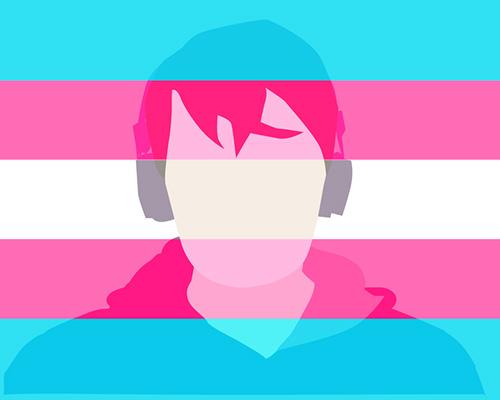



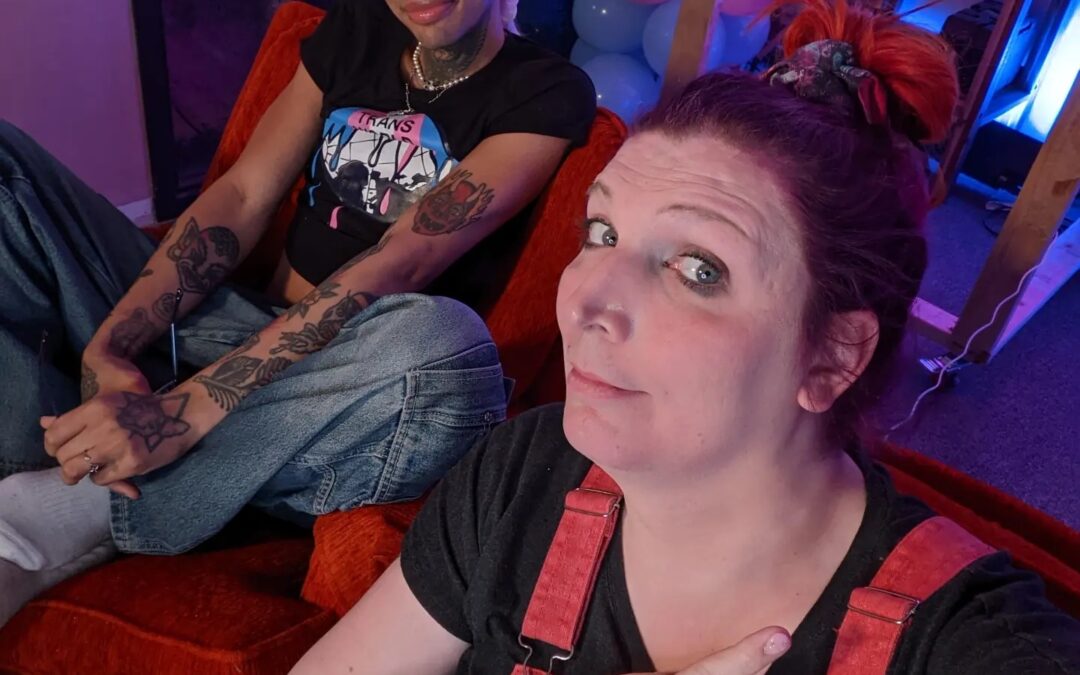
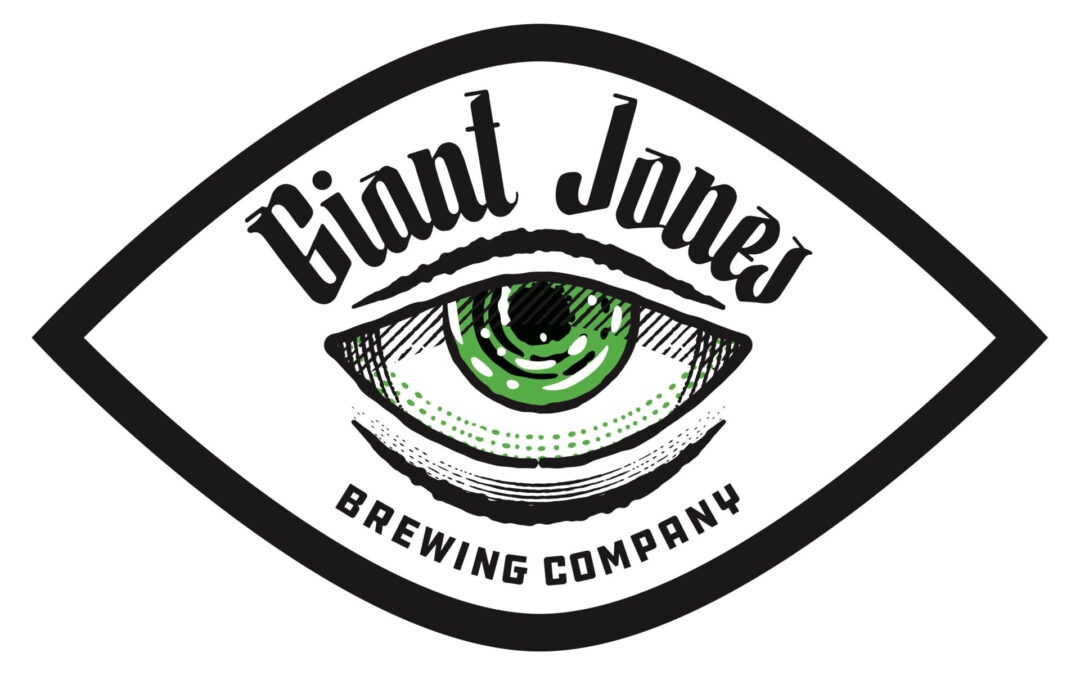

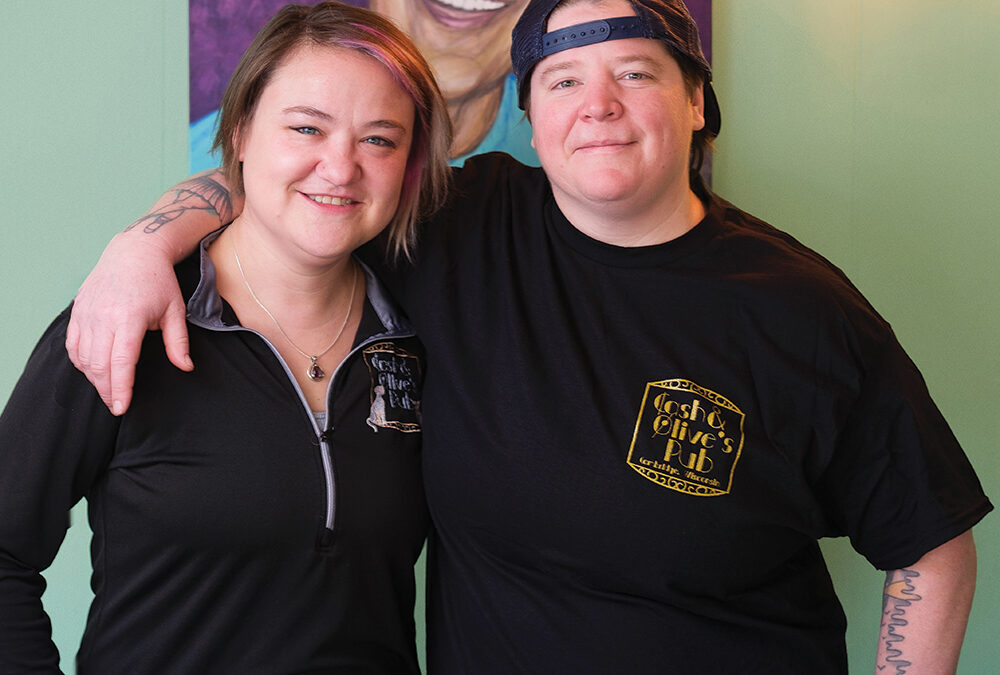
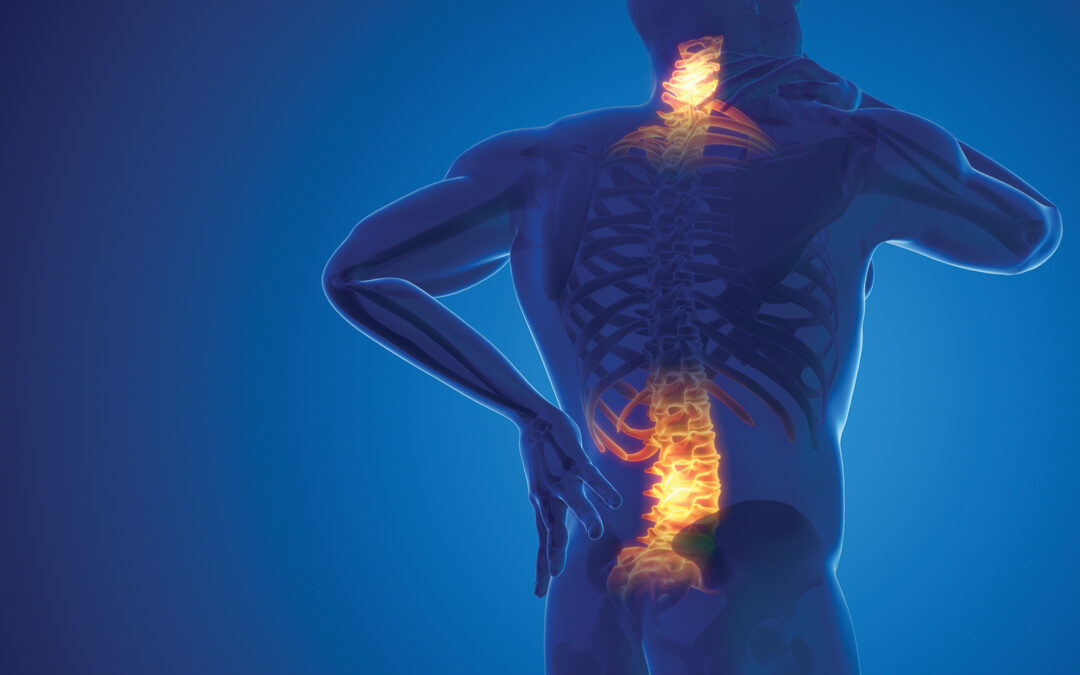
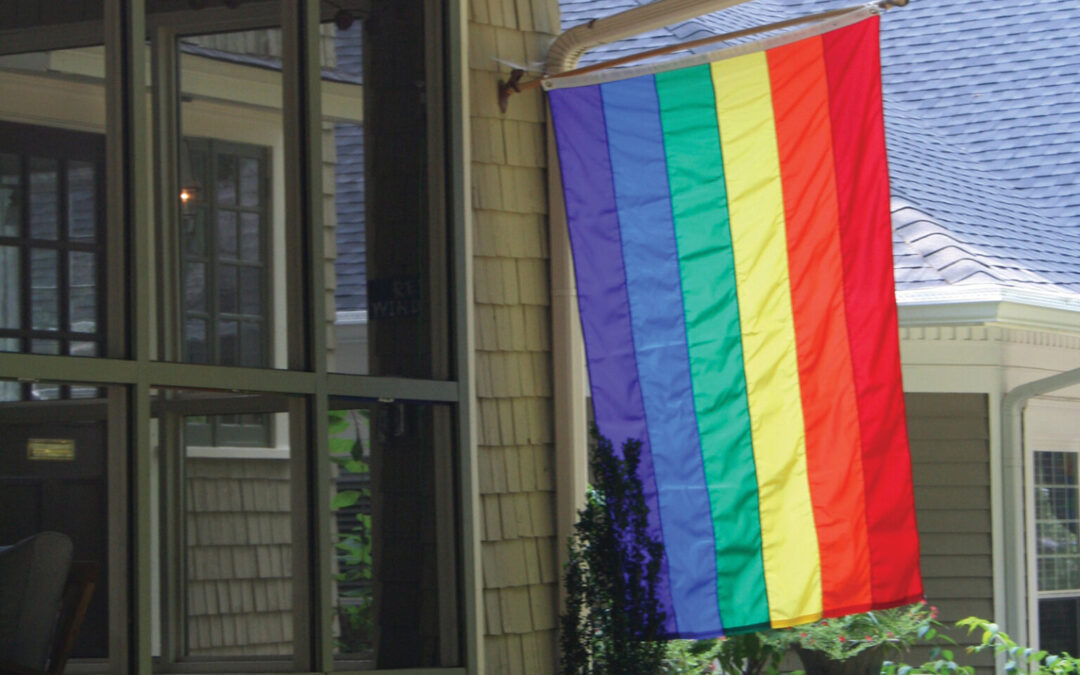
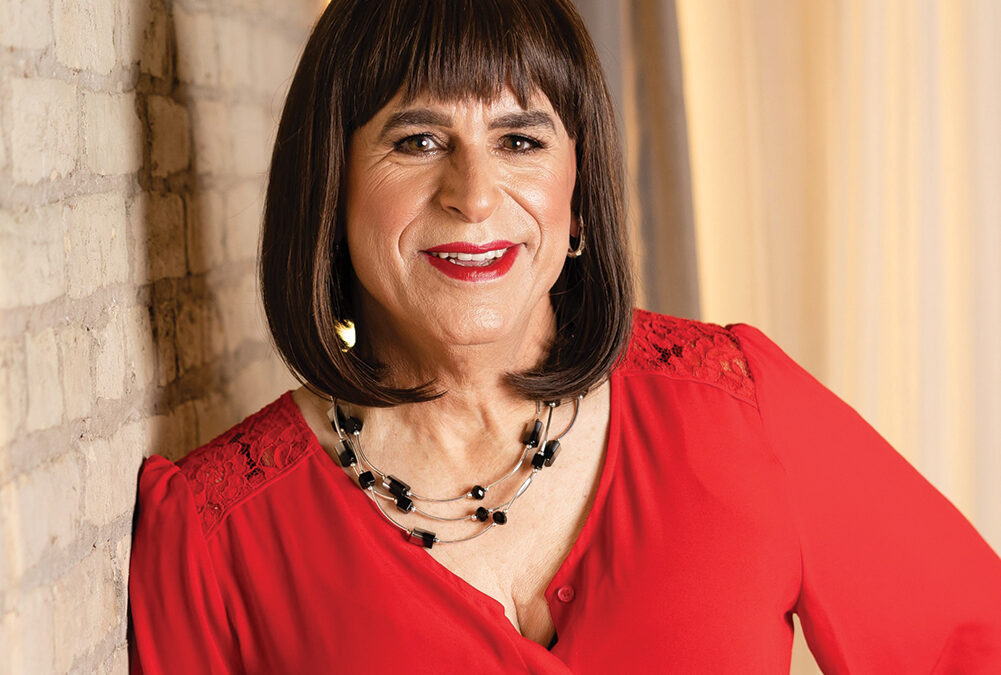
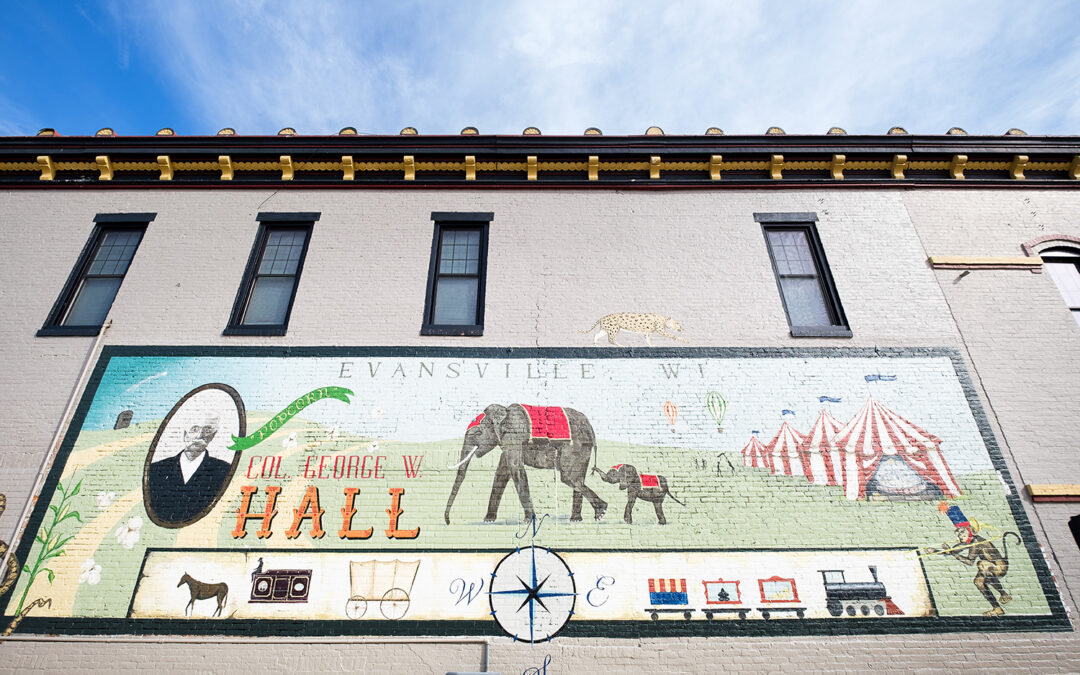
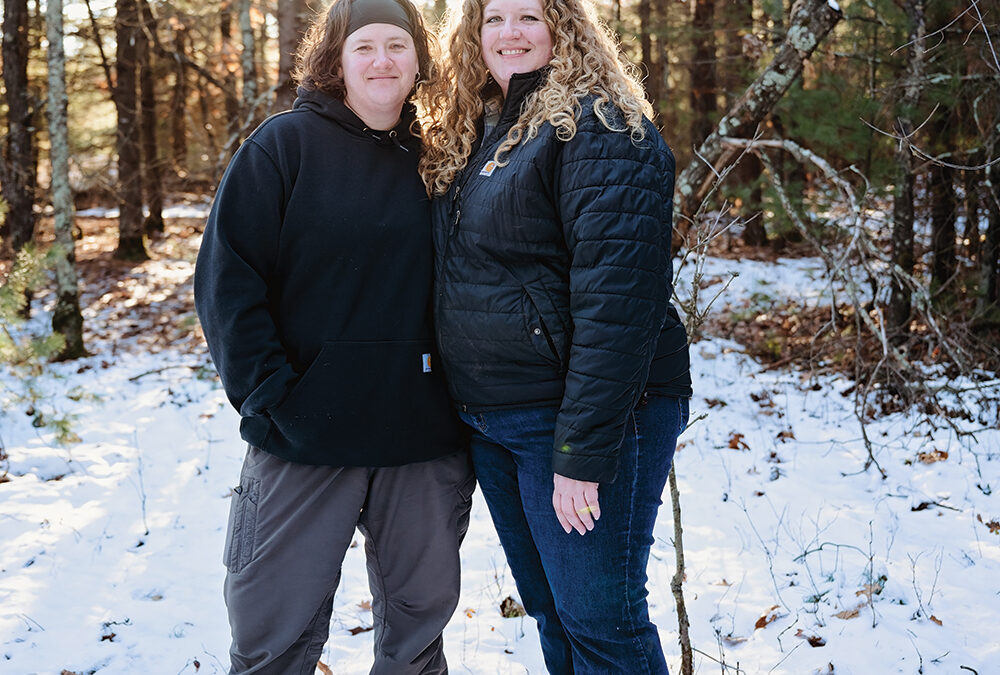




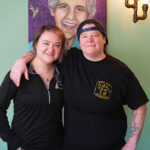


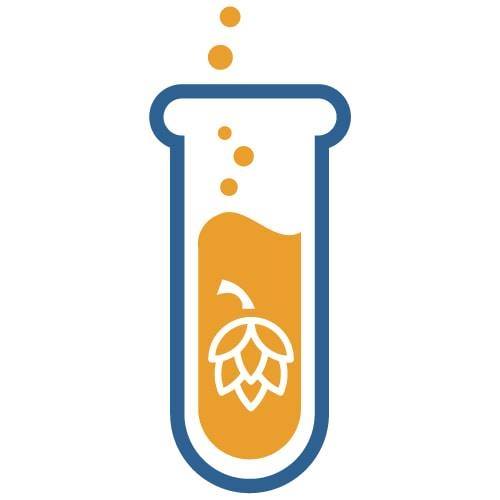

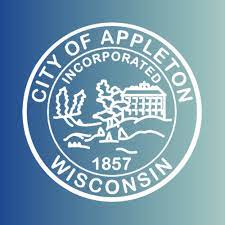
0 Comments